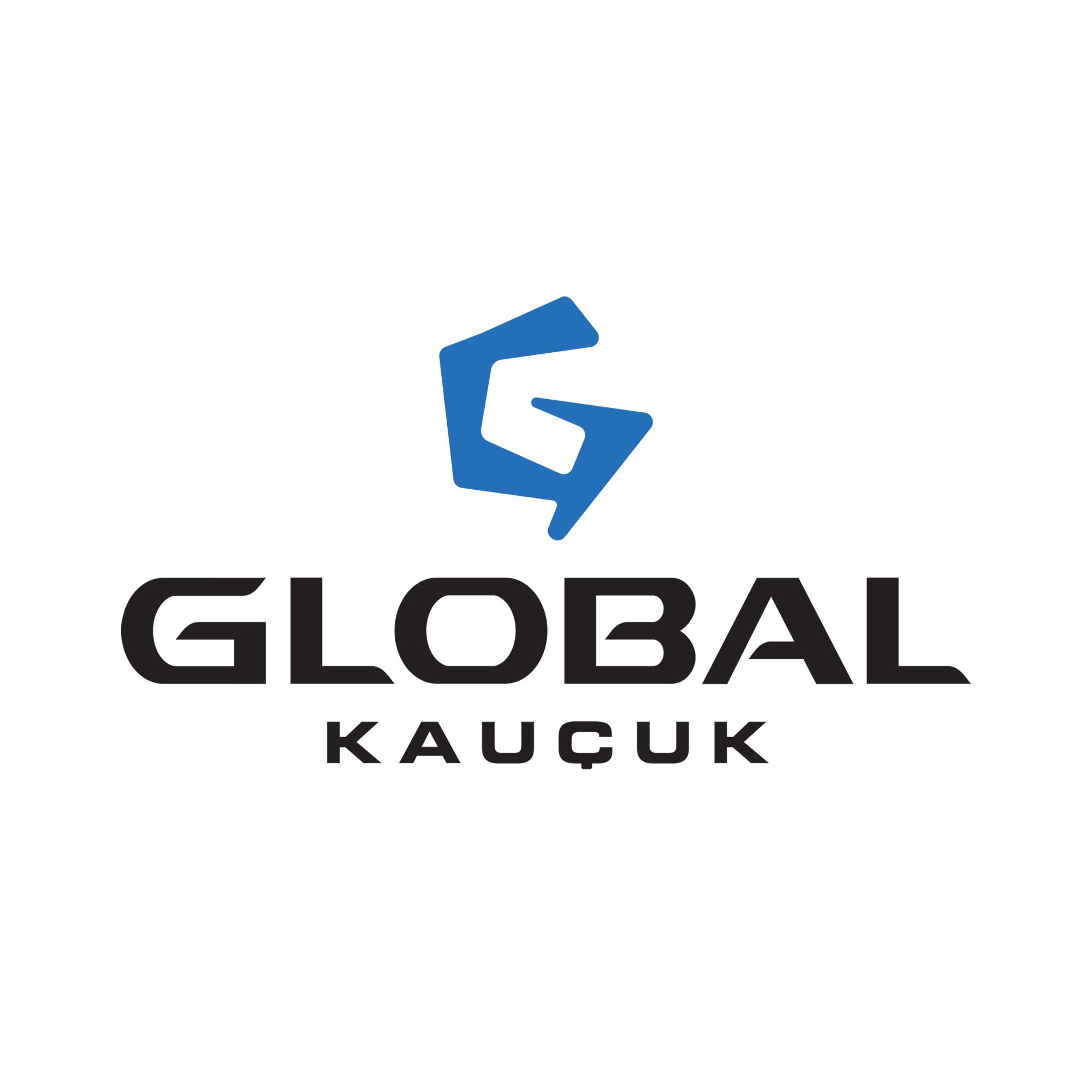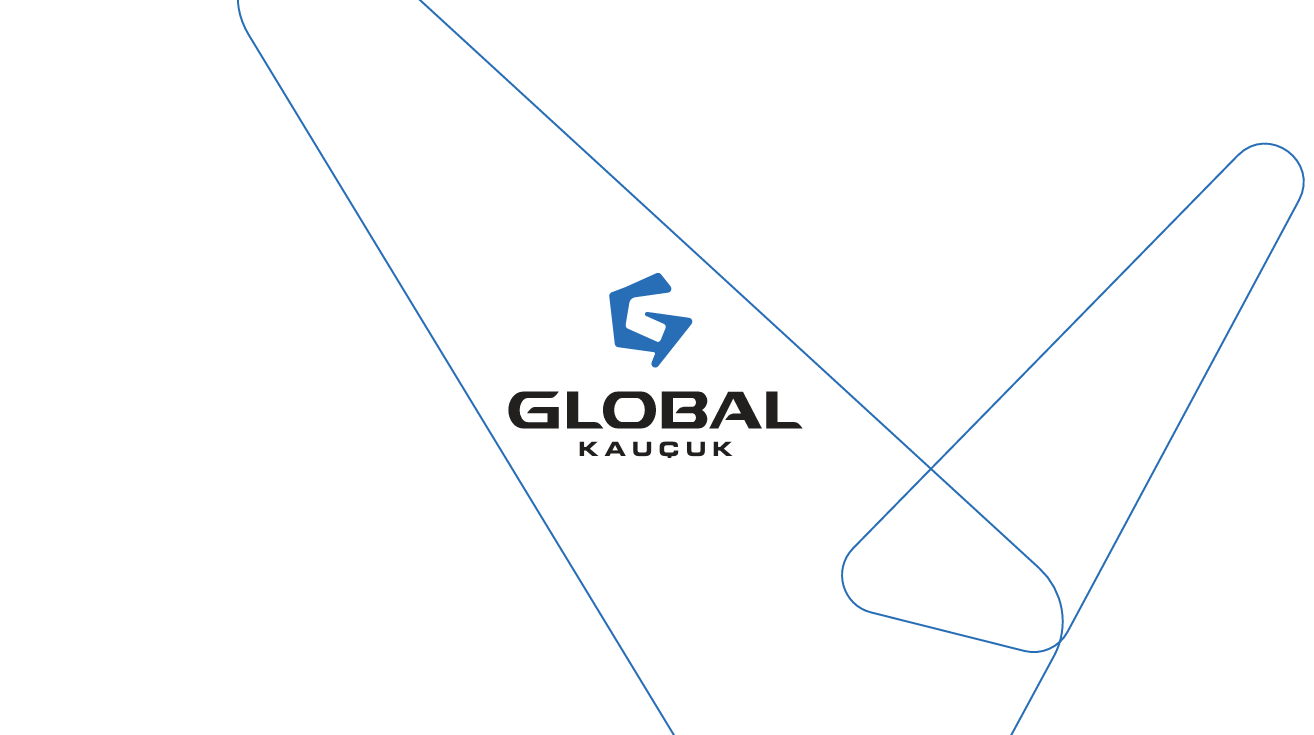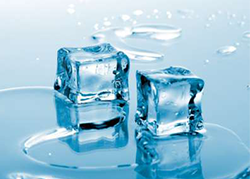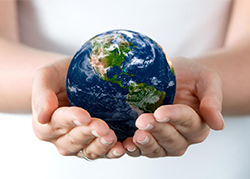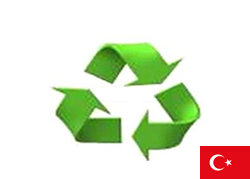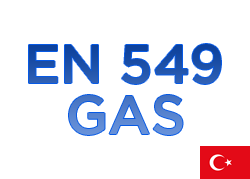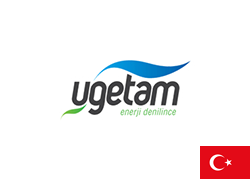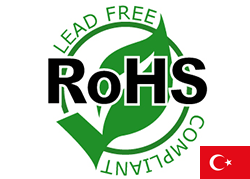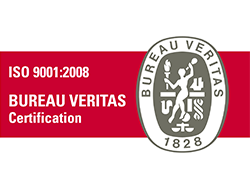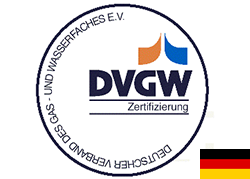Catalogue
Our Electrical & Energy Sector Catalogue has been updated. Click here to view the latest version.
About Us
Global Kauçuk started off its activities in 2006, with a two-partnered structure. The company has become one of the leading companies in the industry, by keeping up with the norms that come along with the developments and changes around the global markets. Global Kauçuk carries out operations in the field of industrial seals. We use two types of polymers in our production. These are Rubber Polymers and Plastic Polymers.
Frequently Asked Questions
What is Natural Rubber?
What is Natural Rubber?
Natural rubber is obtained from Heveabrasiliensis, which is originated in Brazil and usually called as the rubber tree. The tree is cultivated in tropical regions where temperature is between 25ºC and 35ºC, rainfall is over 200 cm and altitude is below 300 m.
We can obtain rubber with two methods: as natural and as synthetic. The natural rubber is generated from planted trees, most of which is located in Asia, but there are some plants in America and Africa as well. As for synthetic rubber, it is synthesized from petroleum or other minerals.
The people of South and Central America used the rubber for purposes such as making balls, cups, shoes and water-proof fabrics. The Mayans used to make their shoes by dipping their feet into a mixture of latex. In ancient times, the rubber was also used to install wooden handles to rocks and metallic tools. Due to having been unfamiliar with the process of vulcanization, the Mesoamericans developed certain organic methods for achieving the same results. They were mixing the raw latex with specific saps (mostly Ipomoea Alba). The indigenous people of Brazil learned that it is possible to make water-proof clothes with the rubber.
Christopher Columbus is probably the first white person to hold the rubber in his hand. The first person to come up with the scientific definition of the rubber was a French scientist, La Condamine, who was on a scientific discovery trip. Along with his other observations that were outside of the scope of his research, he sent the dark-colored, resinous material to the Paris Academy.
The first rubber factory of the world was established in 1803, near Paris. In 1820, Thomas Hancock developed the primitive version of the masticator in England. In 1835, an American, EvdinChaffe, obtained the patent rights for the first machines of dough and calender.
In 1823, Charles Macintosh developed a practical process for manufacturing water-proof fabrics. In 1839, Charles Goodyear discovered the vulcanization and the industrial revolution in the field of rubber took off.
The invention of pneumatic tires in the second half of the nineteenth century and the demand for isolation in the electrics industry increased the need for rubber. Despite all legal measures in Brazil, seeds of the rubber tree were smuggled into England, in 1876. These seeds were sent to tropical regions such as Sri Lanka, Malaysia, Java and Sumatra, and the Eastern Asia rubber industry flourished in those places. As a result, the importance of the Southern American rubber decreased.
In 2005, approximately 21 million tons of rubber was produced, 42% of this number represented the natural rubber production. Today, the main source of natural rubber is Asia; approximately 94% of total production in 2005 was performed in Asia. Indonesia, Malaysia and Thailandarethree countries where majority of the production takes place. In 2005, those three carried out the 72% of total production throughout the globe.
What Are the Areas of Usage of the Rubber?
The rubber has a wide range of usage areas. It is commonly used in various fields, from domestic life to different areas of industry, including semi-goods and finished products. The business field of tire is the most rubber consuming sector. 56% of the rubber consumption in 2005 was by the tire industry. Other products in which the rubber is commonly used include; conveyor belts, straps, hoses, gaskets, shoe soles and bellows’. Medical and industrial gloves are also products of rubber. Additionally, various kinds of adhesives are produced from the rubber.

Let Us Call You
Would you like to speak with our Sales Team on the phone?
Just sent your information, we will contact you shortly. You can also send us an e-mail.
Operating Hours
Monday to Friday, between 08:30-18:00, you can reach us at +90 541 716 1648 . It is always a pleasure for us to connect with you.
